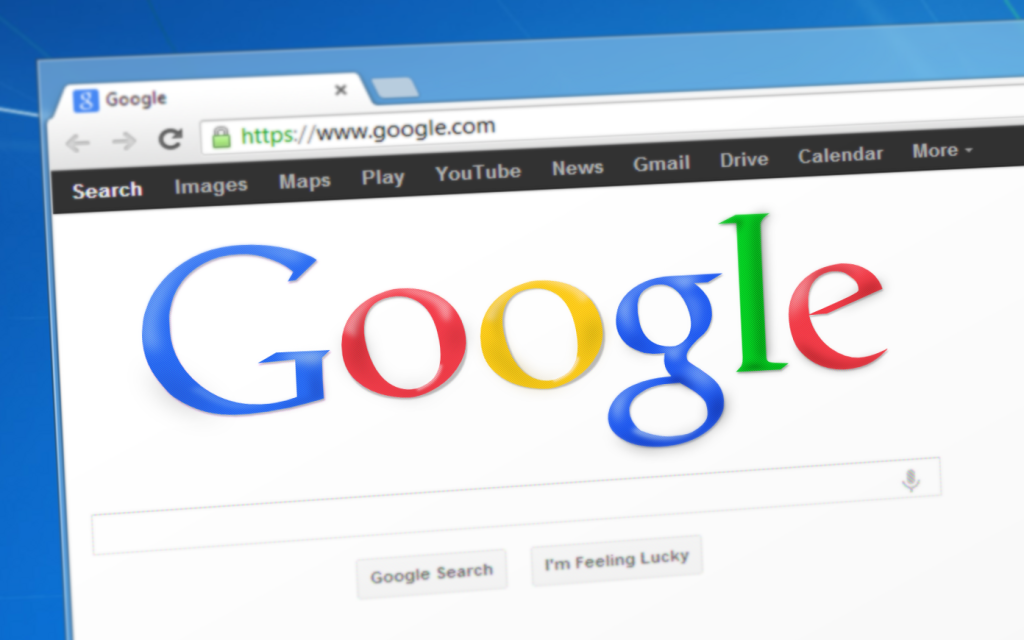
Kim Giroux from Zog Digital is back with Part III of her series on paid advertising for restaurants…
In our previous posts from this three-part series on paid advertising for restaurants we discussed how to leverage audience targeting and best practices for creating campaigns.
Today’s final installment of this series will discuss how to optimize campaigns by monitoring data and adjusting campaigns to achieve optimal ROI.
Monitoring Data For Trends
Your data tells a unique story of your audience through their engagement patterns.
Clearly, you should analyze your paid advertising campaign data periodically while running campaigns to identify areas for improvement. But what should you study? Examine your ads’ clicks, impressions, engagement on destination pages, and actions taken by users. Based on your campaign goals, different data points will help identify the obstacles and opportunities your campaign is facing.
Determine what content audience segments are most likely to interact with to identify trends and gain deeper understandings of audience interests.
Once a campaign has finished, analyze and document your findings to improve future campaigns and more accurate representations of your unique audience segments.
Optimizing ROI And Engagement
Based on the data collected from your campaigns, identify areas to test new content to improve performance. By leveraging A/B testing, your restaurant can see if an ad will convert better with different tone, focus, imagery, copy, destination pages, or delivery channels.
Continually test different elements of the campaign to improve your engagement and conversion rates. In fact, it’s common for most digital marketers who run paid advertising on Google, Bing, Facebook, and elsewhere to run multiple variations — into the dozens upon dozens and often more — of ads in order to capture the full breadth of commonly searched keywords and less-common, but highly converting keywords.
Based on your campaign goals, establish your pay structure as CPC (Cost Per Click) or CPM (Cost Per Mille) to get the most of your marketing dollars. CPC can be good for generating more leads as you will only be charged when a user clicks on your ad. CPM structures will charge you for every thousand impressions, which can be good for increasing exposure or getting more clicks from highly engaged audiences, but remember, your transaction size is small as a restaurant.
Change your content early and often to keep it fresh, engaging, and optimized for ROI.
Adjusting Goals And Strategy
As your campaign matures and you have identified trends from A/B testing, it is good to take a step back and reevaluate your goals and strategy to ensure they are in line with your current and refreshed understanding of your audience. You may find that different audience segments behaved in unexpected ways and need a new approach to improve results. Let your audience dictate the direction of your strategy and tone of your delivery.
Their direct insights, as seen through data and engagement patterns, will be the key to unlocking the full success of your campaigns.
Conclusion
As you may have realized through this three-part series, developing a paid media strategy involves components that rely heavily on one another and create a circular pattern that begins and ends with users in mind. Each step requires extensive resources that build upon one another.
Investing the time in creating a proper strategy will produce results relevant to the effort you put in, but we promise the juice is worth the squeeze. Paid media offers a truly unique and effective way to expand your brand’s reach, distribute content and awareness, and acquire new customers.






